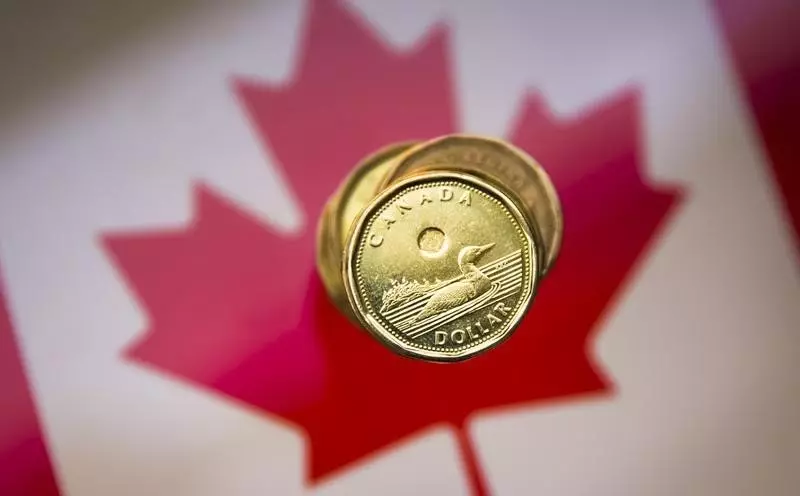Recent political rhetoric from the United States has triggered significant fluctuations in various currencies, particularly in North America and China. The declarations made by President-elect Donald Trump regarding potential tariffs have led to a more volatile exchange rate environment. On a specific Tuesday, both the Mexican peso and the Canadian dollar experienced notable declines against the U.S. dollar, while the offshore Chinese yuan also showed signs of weakness, which is indicative of the market’s immediate reaction to geopolitical developments.
Donald Trump’s announcement of imposing a 25% tariff on products from Mexico and Canada, coupled with a 10% tariff on Chinese goods, was largely driven by concerns surrounding illegal immigration and drug trafficking. Trump expressed his dissatisfaction with ongoing negotiations with Chinese officials focused on reducing the influx of drugs, particularly fentanyl, into the United States. He has emphasized that despite lengthy discussions, effective solutions have yet to be achieved, prompting harsh economic measures as a form of domestic protectionism.
In response to these announcements, the Mexican peso saw a sharp depreciation, with its USD/MXN trading pair increasing by 1.8%, reaching levels not observed since early November. Similarly, the Canadian dollar reflected the adverse sentiment, depreciating more than 1% against the U.S. dollar, its highest dip since May 2020. These changes represent a market sentiment reaction to perceived risks associated with escalated trade tensions and potential economic repercussions resulting from Trump’s proposed tariffs.
On the other hand, the Chinese yuan’s minor decline of 0.3% suggests a limited immediate impact on the currency, but the implications of possible increased tariffs could foreshadow a more significant strain on Sino-American trade relations. A looming threat of raising tariffs to as high as 60% on Chinese products could reignite a trade war, raising concerns for investors and policymakers alike regarding future economic stability.
The U.S. Dollar Index surged by 0.5% during this period, indicating a growing demand for the U.S. currency amidst uncertainty. Investors often flock to the U.S. dollar as a safe haven during volatile times, which further underscores the apprehension regarding international trade dynamics. This shift not only influences currency values but could also alter trade balances, foreign investment flows, and inflation rates across the affected countries.
During his campaign, Trump had consistently suggested implementing a 10% uniform tariff on all trading partners, signaling a broader potential restructuring of U.S. trade policy. Financial analysts and economists are closely monitoring these developments as they could reshape global trade norms and lead to a realignment of economic partnerships.
The currency market’s immediate reaction to Trump’s tariff announcements serves as a critical reminder of how political decisions can quickly ripple through the global economy. As negotiations continue against a backdrop of rising tensions, stakeholders are left to consider the long-term implications for trade, investment, and economic growth across North America and China. The sustainability of these currency trends will largely depend on the outcomes of future diplomatic engagements and economic policies that follow.


Leave a Reply